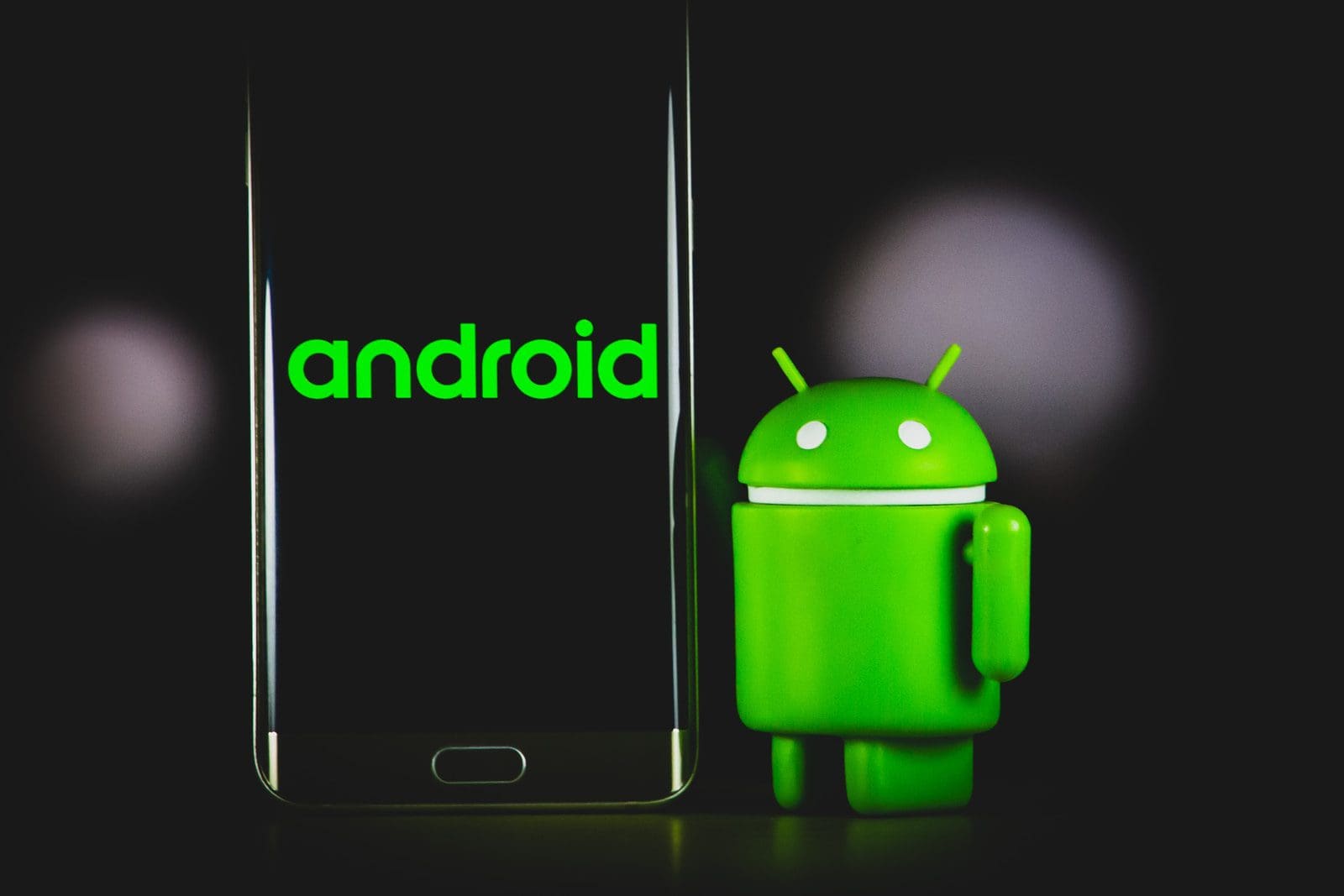An Operating System is the system software that is an interface between the user and computer hardware. It handles the computer’s hardware, memory, and processes.
Every computer system has an operating system running in the background, for the smooth functioning of other applications.
Though all operating systems have similar functions, different operating systems can significantly make a difference in the user experience.
Key Takeaways
- OxygenOS is a customized version of Android developed by OnePlus for its smartphones.
- OxygenOS offers additional features and customization options unavailable in stock Android.
- OxygenOS is updated more frequently than stock Android.
OxygenOS vs Android
OxygenOS is a customized version of the Android system developed by OnePlus. It includes a variety of features and optimizations specific to OnePlus devices. Android, on the other hand, is the open-source operating system developed by Google that is used by a variety of device manufacturers.

OxygenOS is a customized operating system based on Android, developed by Chinese phone company OnePlus, for use in their devices exclusively.
It was initially released in March 2015, as an operating system for overseas markets, with Hydrogen OS as its domestic counterpart in China.
However, they were merged cohesively in 2016. Android is an operating system based on an updated version of Linux and other open-source software.
It is a mobile operating system for touch screen devices like phones and tablets. It is developed by a group of developers, majorly Open Handset Alliance and Google.
It is free and open-source software, which is shipped with additional pre-installed proprietary software.
Comparison Table
| Parameters of Comparison | OxygenOS | Android |
|---|---|---|
| Description | OxygenOS is an optimized Android skin (Android-based operating system), which is designed to compliment OnePlus’ hardware. | Android is an operating system, made for touchscreen mobile devices like Smartphones and Tablets. |
| First Developed | It was initially released in March 2015. | It was initially released in September 2008. |
| Developed By | It is developed by the Chinese company OnePlus. | It is developed by many collaborators. Most shares are owned by Google LLC and Open Handset Alliance. |
| User Interface | OxygenOS has certain user interface tweaks. E.g. less colorful icons, customized clock lock screen without 3rd party apps, etc. | Android’s icons are more colorful. |
| Applications | It has made a few replacements for basic function apps. Additionally, it offers in-built special apps like Game Space, etc. | Android has Google apps for basic functions like Calculator, Messaging, Phone, etc. |
| Updates | OxygenOS supports Android updates, but they tend to get introduced a bit late. | Android can be trusted with faster updates. |
| Storage | It takes up more storage as compared to Android. | It takes up comparatively less storage. |
What is OxygenOS?
OxygenOS is an Android skin, which is highly customized to work with OnePlus’ hardware. This operating system is developed by Chinese company OnePlus for their devices exclusively.
It was first released in 2015 for the overseas market but was merged in 2016 with its domestic counterpart Hydrogen OS. Although it is based on Android, it has certain user interface tweaks, added features, and applications.
For instance, it has less colorful icons than Android, has a customized clock lock screen feature, and a different screenshot-taking experience. In contrast to Android, it has its own apps for basic functions like Calculator, Messaging, Gallery, etc.
Moreover, it has added apps like Game Space, Zen Mode, App Lock, and Parallel Apps, that enhance the user experience without the involvement of 3rd party apps.
Besides, OxygenOS supports Android updates, but a little later than Stock Android. It also takes up more space than Android.

What is Android?
Android is an operating system designed for mobile touch screen devices. It is based on Linux and other open-source software.
It is developed by a consortium of developers led by Open Handset Alliance and Google LLC. It was first released in September 2008.
It is open-source and free software, which is accompanied by pre-installed proprietary software. This mostly includes Google Mobile Services (GSM), which has core apps like Chrome, Play Store, etc.
Android is quite basic as Google prefers it to be so that things run smoothly. Many companies these days are developing their Android skins to differentiate themselves, e.g. OxygenOS by OnePlus, OneUI by Samsung, MIUI by Xiaomi, ColorOS by Oppo, etc.
Android thus has Google apps for basic functions, while specific apps can be installed for other purposes.
Its icons are more colorful. Besides, it can be updated to Android’s latest version and takes up less storage than its customized skins.

Main Differences Between OxygenOS and Android
- OxygenOS is an Android-based operating system made for OnePlus’ devices. Android, on the other hand, is an operating system designed for touch-screen mobile devices.
- OxygenOS was first released in March 2015, while Android was first released in September 2008.
- OxygenOS is developed by Chinese phone manufacturing company OnePlus. Android is developed by Google LLC, Open Handset Alliance and others.
- OxygenOS has introduced certain user interface tweaks. For instance, its icons are less colorful than Android icons. It also has customized clock lock screen and a different screenshot experience.
- OxygenOS had introduced its own apps for basic functions like Calculator, Phone and Gallery, whereas Android uses Google apps. OxygenOS also has added apps like Game Space, Parallel Apps, App Locker and Zen Mode; for whose purposes Android has to rely on 3rd party apps.
- OxygenOS supports Android updates, but they are introduced later than in Android.
- OxygenOS takes up larger storage than Android.
- https://link.springer.com/chapter/10.1007/978-981-13-2706-3_3
- https://ieeexplore.ieee.org/abstract/document/6104696/
Last Updated : 13 July, 2023

Sandeep Bhandari holds a Bachelor of Engineering in Computers from Thapar University (2006). He has 20 years of experience in the technology field. He has a keen interest in various technical fields, including database systems, computer networks, and programming. You can read more about him on his bio page.
